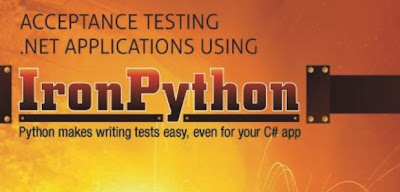SharpDevelop 4 and unittest2
Two weeks ago I reported on the latest news from SharpDevelop, the integration of unittest into SharpDevelop 4 for testing with IronPython. In my report I suggested that supporting unittest2 would be even better and Matt Ward has risen to the challenge. Matt's latest blog entry shows how to use unittest2 to run IronPython unit tests in the forthcoming SharpDevelop 4 IDE: SharpDevelop and unittest2 for Python SharpDevelop 4 has been updated to support running IronPython unit tests that use the unittest2 library. Make sure unittest2 is on the Python path before running the unit tests. Out of the box SharpDevelop will actually use the unittest library's test runner. This seems to work however if you actually need to use the unittest2 test runner then you can modify the following two files in the folder: AddIns\AddIns\BackendBindings\PythonBinding\TestRunner . sdtest.py sdtestrunner.py
